Now Reading: Best Places to Visit in South Salmara-Mankachar – Temples, Nature & Cultural Sites
-
01
Best Places to Visit in South Salmara-Mankachar – Temples, Nature & Cultural Sites
Best Places to Visit in South Salmara-Mankachar – Temples, Nature & Cultural Sites
1.Kamakhya Temple, Mankachar

The Kamakhya Temple is located in the peaceful community of Thakuranbari, not far from Mankachar town in Assam’s South Salmara-Mankachar district and is considered a holy Shakti Peetha. There are many who say that the Manas Sanctuary Temple is the twin of Kamakhya Temple, leading many devotees and pilgrims to visit the Manas Sanctuary.
Devoted to Goddess Kamakhya, the temple is greatly important in Hindu mythology. As Hindus believe, Goddess Sati lost a part of her body here and it is among the 51 Shakti Peethas. The Mankachar Kamakhya Temple is considered special by Shaktism followers as they believe that Sati was cremated here and her navel is said to remain.
Thanks to the peaceful countryside of western Assam, visitors to the temple find both spiritual inspiration and peace in nature. Being away from the noise of cities allows individuals to find peace and reflect on their thoughts. Even though its neighbor Guwahati is known for being louder, the same level of spirituality exists here.
Why Is It Important to Visit Kamakhya Temple, Mankachar?
- Located in Hindu mythology, this Shakti Peetha is honored by many.
- Feel the spiritual energy while you walk in nature.
- Spend some time at the temple without joining the biggest crowds.
- A substitute pilgrimage for people who cannot come to Guwahati.
2.Mir Jumla Mazar, Mankachar

Standing in the peaceful Thakuranbari hamlet near Mankachar town, in South Salmara-Mankachar district, is the Mir Jumla Mazar – where Mir Jumla, a well-known Mughal governor and army leader under Emperor Aurangzeb, is buried.
Emperor Aurangzeb named Mir Jumla the Governor of Bengal in the year 1659. Mir Jumla used his military strategies and administrator skills to contribute greatly to the spread of Mughal power in the east. The warlord invaded the kingdom of Cooch Behar which led the ruler to submit to Mughal rulership. Because he protected civilians and prevented his men from stealing during the conquest, he is remembered with kindness in many recent accounts.
In 1662, he focused on Assam and moved far into the territory of the Ahoms. In the beginning, the campaign gained positive results, yet it ended up being a disaster. The soldiers of the Mughal army were severely weakened by the demanding land, chilly weather and limited supplies. Since Mir Jumla was outmaneuvered, his army retreated, leaving behind two-thirds of their soldiers.
On March 30, 1663, Mir Jumla became seriously ill as he traveled home and died on the boat at the age of 72. His remains were taken to Thakuranbari and buried on a peaceful patch of land and his mausoleum is still standing there.
An Area of Historic Importance
The Mazar Sharif Committee looks after the Mir Jumla Mazar which attracts scholars, historians and interested travelers to the region. It shows Mughal military plans, strength and the relationships the empire had with kingdoms in the northeast.
Why Should Someone Visit Mir Jumla Mazar?
- See an unusual Mughal-era building in Assam.
- Get to know the individual who led the Mughal invasion into Northeast India.
- Take in the greenery and quiet while at the top of the memorial.
- This is a great place for history fans, students and travelers interested in culture.
- Thakuranbari which is situated near Mankachar in South Salmara-Mankachar district, Assam.
Reloated articles : Best Places Visiting in Kokrajhar for Nature, Culture & Heritage
Stay Informed With the Latest & Most Important News
Previous Post
Next Post
-
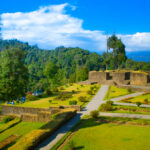 01Top 5 Best Places Visiting in Gyalshing – Monasteries, Lakes & Scenic Escapes
01Top 5 Best Places Visiting in Gyalshing – Monasteries, Lakes & Scenic Escapes -
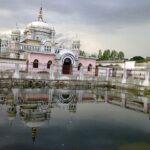 02Top 5 Best Places Visiting in Panna – Temples, Waterfalls & Wildlife Escapes
02Top 5 Best Places Visiting in Panna – Temples, Waterfalls & Wildlife Escapes -
 03Top 5 Best Places to Visit in Malerkotla – Malerkotla Fort, Sheesh Mahal & More
03Top 5 Best Places to Visit in Malerkotla – Malerkotla Fort, Sheesh Mahal & More -
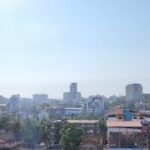 04Top 10 Best Places Visiting in Dakshina Kannad for Culture, Nature & Coastal Charm
04Top 10 Best Places Visiting in Dakshina Kannad for Culture, Nature & Coastal Charm -
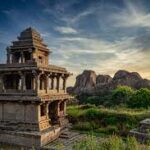 05Top 2 Best Places Visiting in Chitradurga for History, Nature & Adventure
05Top 2 Best Places Visiting in Chitradurga for History, Nature & Adventure -
 06Best Places Visiting in Shopian – Explore Top Attractions & Hidden Gems
06Best Places Visiting in Shopian – Explore Top Attractions & Hidden Gems -
 07Best Places Visiting in Narmadapuram – Temples, Waterfalls & Wildlife Escapes
07Best Places Visiting in Narmadapuram – Temples, Waterfalls & Wildlife Escapes












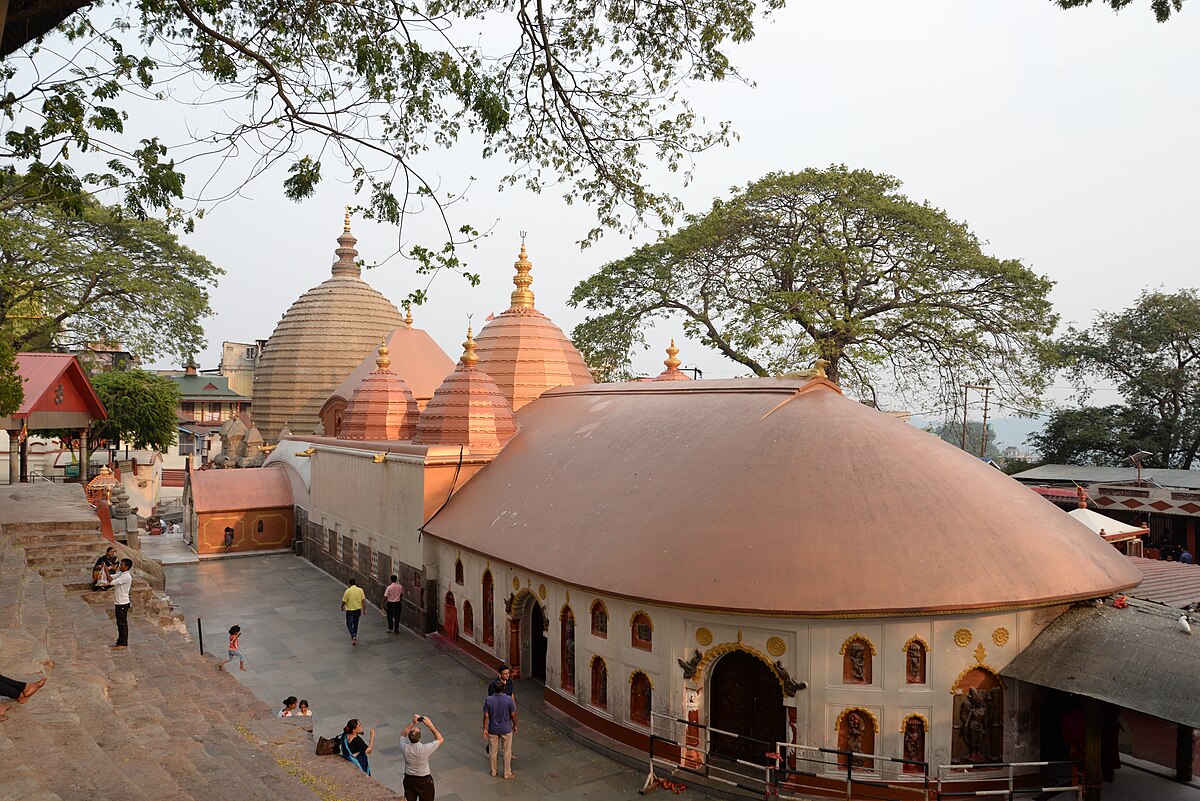

Pingback: Best Places to Visit in Tamulpur – Explore Nature, Culture & Adventure